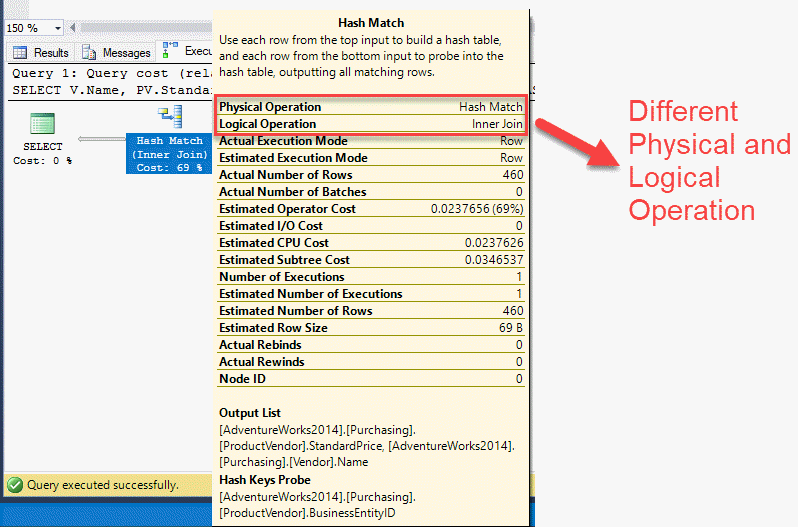Question: How to Use Multiple Hints Together for a Query?
Answer: Of course, you can use multiple hints for a query. Here is an example of the same.
What is the Difference Between Physical and Logical Operation in SQL Server Execution Plan? – Interview Question of the Week #122
Question: What is the Difference Between Physical and Logical Operation in SQL Server Execution Plan?
What is a Self Join? Explain with Example – Interview Question of the Week #064
A very popular question I often see in the interviews of developers. It does not matter if you are a SQL developer, .NET developer, JAVA developer or Python Developer, this question is always popular in any interviews. The question is about join in the SQL and it is about SELF JOIN.
Question: What is a Self Join?
Interview Question of the Week #043 – What is the Difference Between EXCEPT operator vs. NOT IN
Question: What is the Difference Between EXCEPT operator vs. NOT IN. Let us learn the answer to this question in this blog post.
Interview Question of the Week #041 – What is a Merge Join?
Question: What is a Merge Join? Answer: The Merge Join transformation provides an output that is generated by joining two sorted data sets using a FULL, LEFT, or INNER join. The Merge Join transformation requires that both inputs be sorted and that the joined columns have matching meta-data. The user cannot…
Read MoreSQL SERVER – Why Should You Not to Use Old Style JOIN?
If you want to JOIN two tables you can do it in two ways. One using ANSI compliant INNER JOIN and another with old style join But it is advisable not to use old style join. Here is the reason. Let us create the following data sets CREATE TABLE item_master(item_id…
Read MoreInterview Question of the Week #038 – What is Left Semi Join Showplan Operator?
It is very common of interviewers to ask questions which are a bit off and sometimes not used in daily life. Here is such question I heard the other dya. Question: What is Left Semi Join Showplan Operator? Answer: There are few interesting kinds of joint operations exists when execution…
Read More



